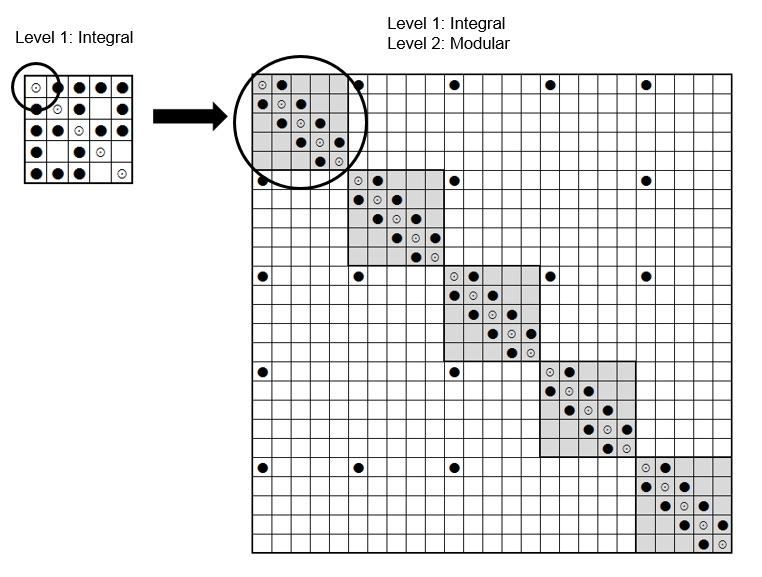Designers of complex systems such as large engines, airplanes, or manufacturing systems have unique struggles when compared to designers designing simpler and smaller systems. Any decision will have a system wider hard-to-understand impact, the system lifecycle can be decades, which means a series of expected and unexpected changes, etc. In recent work Prof. Katja with colleagues from Seoul National University have been tackling this issue from product architecture point of view. What should a system architect take into the account when deciding on the system elements, their connectivity and modularity?
Designers of complex systems such as large engines, airplanes, or manufacturing systems have unique struggles when compared to designers designing simpler and smaller systems. Any decision will have a system wider hard-to-understand impact, the system lifecycle can be decades, which means a series of expected and unexpected changes, etc. In recent work Prof. Katja with colleagues from Seoul National University have been tackling this issue from product architecture point of view. What should a system architect take into the account when deciding on the system elements, their connectivity and modularity?
In one paper the team highlights how choosing the most modular or least complex system is affected by the architectural decomposition itself. Specifically a large system can be decomposed at many different levels of detail. Should the architectural model of an engine used for decision making consist of about 20, 80 or 1000 elements? This decision effects the output of the decisions tools more than the intended decision tool (e.g. which is least complex). This is a previously unconsidered issue in complex system design. The other paper contributes further by exploring the impact of technology updates and changes during the long lifecycle of a complex system. How should one design the original and the new updates system to localize the change as much as possible with minimal impact to the entire system?
GK Min, ES Suh, K Hölttä-Otto, 2016, System Architecture, Level of Decomposition, and Structural Complexity: Analysis and Observations,Journal of Mechanical Design 138 (2), 021102
GK Min, ES Suh, K Hölttä-Otto, 2016, Impact of technology infusion on system architecture complexity,Journal of Engineering Design
 Aalto DF
Aalto DF